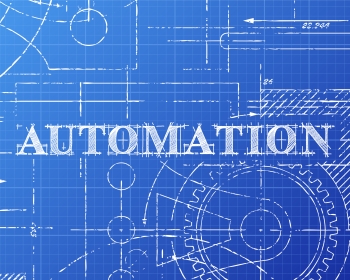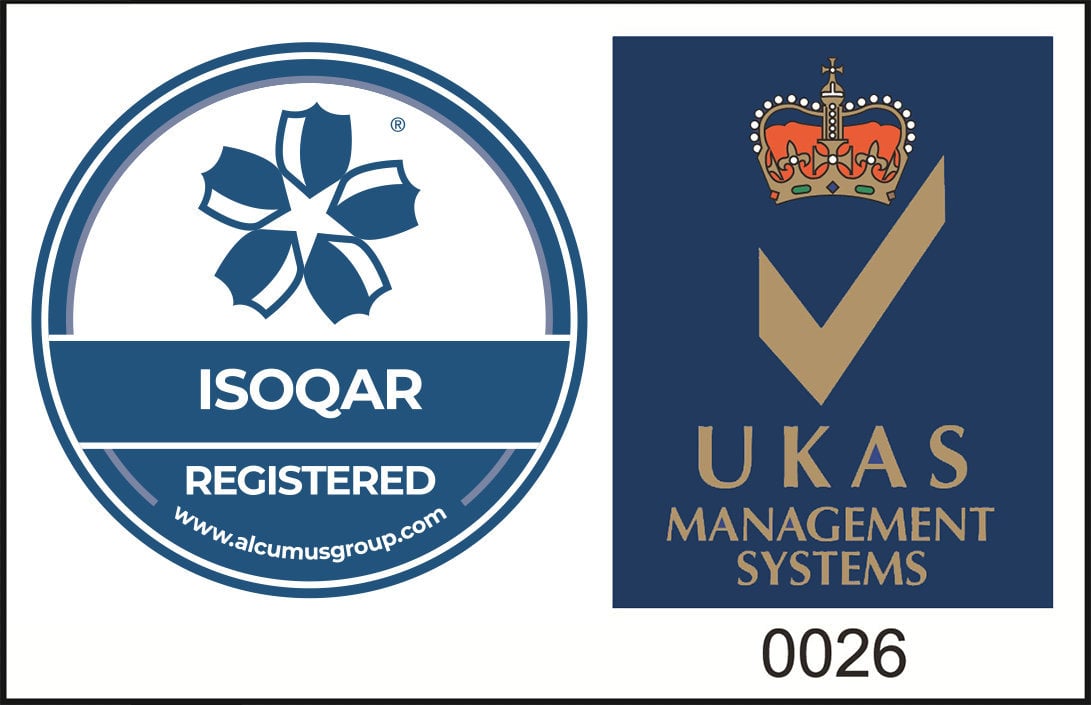
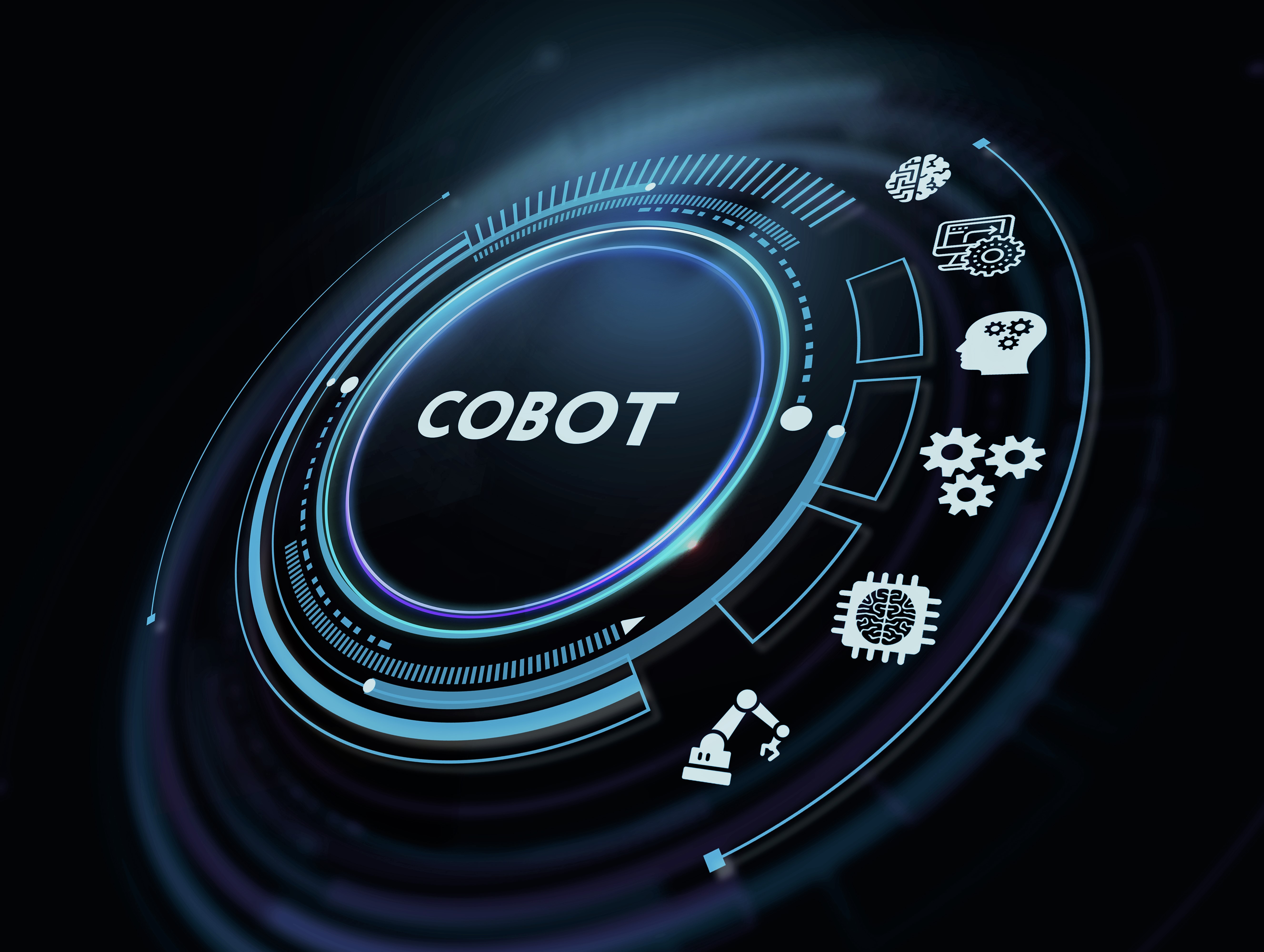
How are collaborative robots revolutionising the manufacturing landscape?
Published: 27/05/2022
How are collaborative robots revolutionising the manufacturing landscape?
The introduction of robotics onto the factory floor has long faced some backlash and resistance with the fear of being replaced by automated machinery at the forefront of many employees' minds. For that reason, it has become somewhat of a taboo subject, prohibited from societal discussion.
However, with the rise of cobots man and machine work harmoniously together throughout the manufacturing process, allowing you and your workforce to hold all the aces.
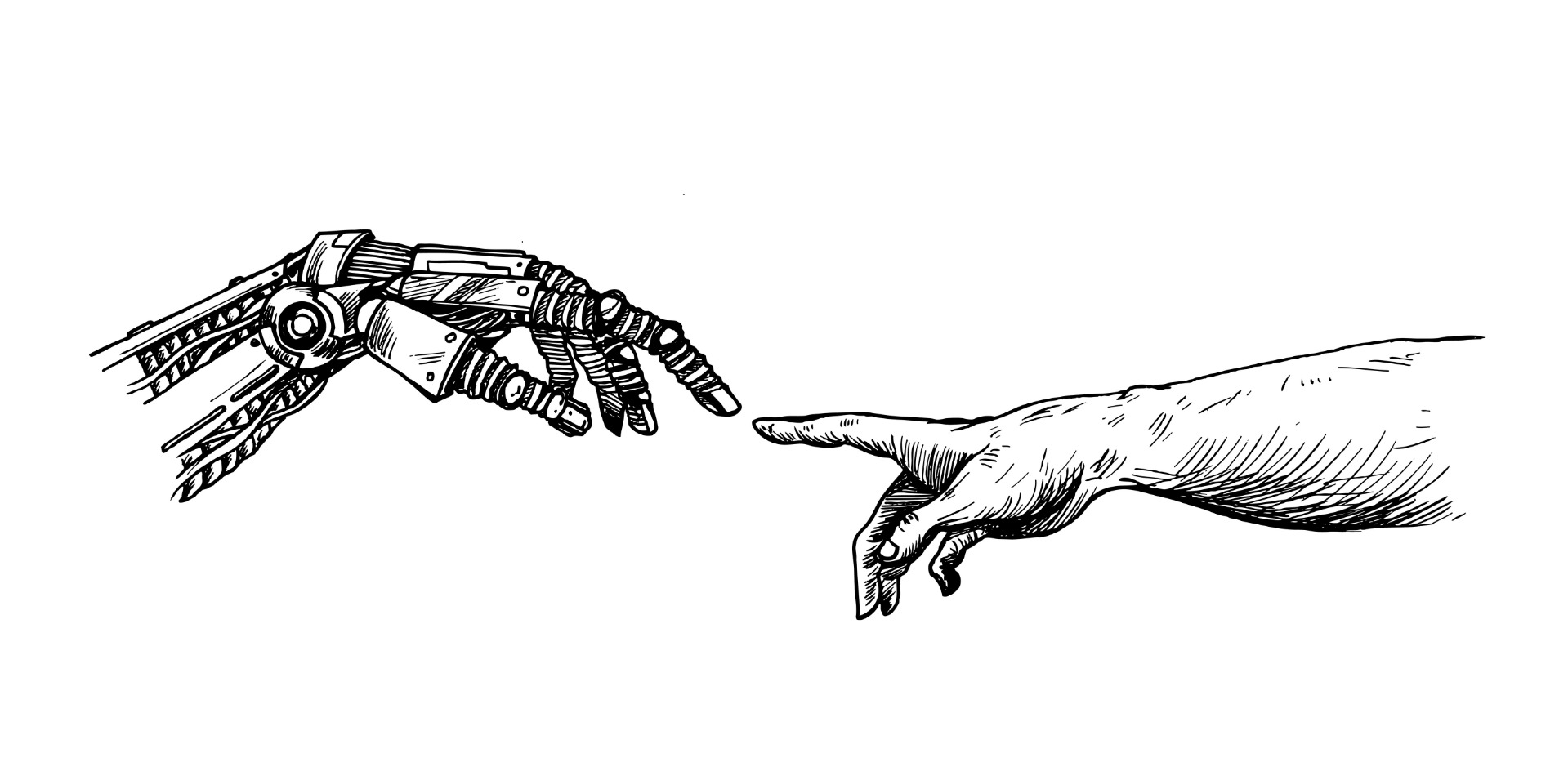
What is a cobot and how do they differ from standard industrial robotics?
While traditional industrial robots take charge of a given task, collaborative robots otherwise known as cobots work alongside people to complete tasks, boosting efficiencies and diluting the unease surrounding redundancies due to automated involvement. They are implemented as a means to assist, not replace. In the current industrial landscape where technology is rapidly advancing, it comes as no surprise that cobots are becoming increasingly involved in disrupting the status quo for the greater good.
Coming in many shapes and sizes, the cobots make the lives of countless employees far easier and faster. Consider a hazardous, dangerous task. An employee will have to undergo significant training to complete the action and finally when suited and booted with the relevant PPE, the process may continue. With the cobots assistance, the workforce remains safe as it steps in to offer a helping hand. This is just one of many ways in which these automated solutions improve working lives, the rest we will get to later. First, let’s find out how they came to be.
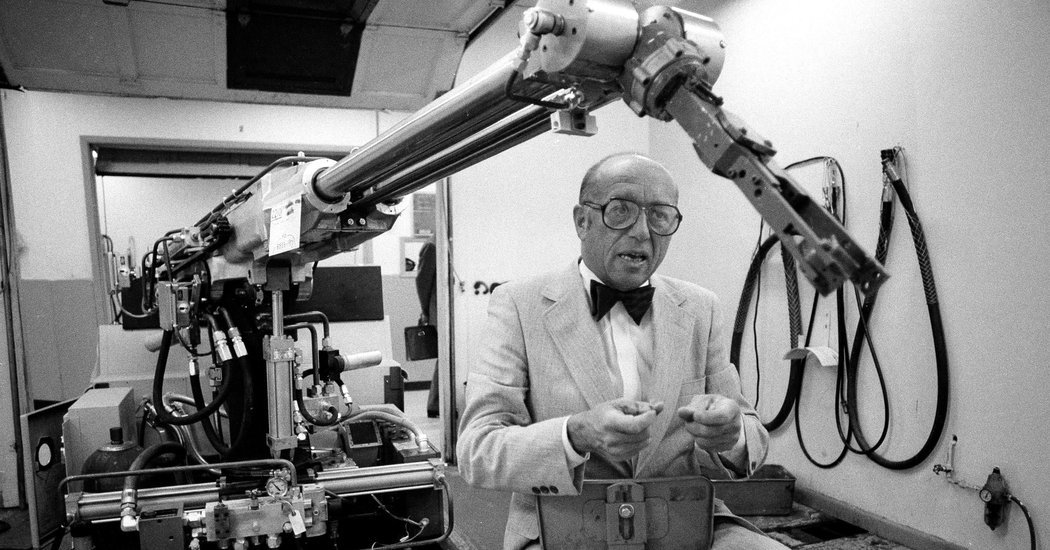
In the late nineties, J. Edward Colgate and Michael Peshkin of Northwestern Engineering introduced the first cobot technology named programmable constraint machines. Granted, the pair acknowledged that this was not the most catchy of names and so Brent Gillespie coined the term cobots soon after. Peshkin stated that “robots didn’t have any mechanisms for cooperation with a person.” Colgate of course echoed this sentiment which is what made the duo such an unrivalled force. He claimed that “robots were sensory impaired. They knew nothing about the world around them, so they couldn’t do much with people without the risk of hurting them.” General Motors saw the potential in their philosophy and offered the innovative team a research grant to optimise automotive manufacturing and robotic involvement. They observed the production line, witnessing the workforce undertake significant manual labour to perform a single task. Robotics were constrained behind safety fencing, deemed far too dangerous to operate alongside people but working with the workforce, Colgate and Peshkin began the journey to engineering a new way to work.
By far the most laborious task was transporting parts from one side of the factory to another and so by introducing controlled pathways that guided said part to the next location, the physical strain was eliminated as the employee provided the force behind the part while the cobot steered it in the right direction. This would later lead to collaborative robots providing small levels of assistive force. When we reflect on the past two decades, we see how cobots have originated in vehicle manufacturing and originally just transported components from one part of a factory to another. From spot and arc welding and component coating to final assembly and quality control, cobots have evolved automotive manufacturing significantly since the nineties.
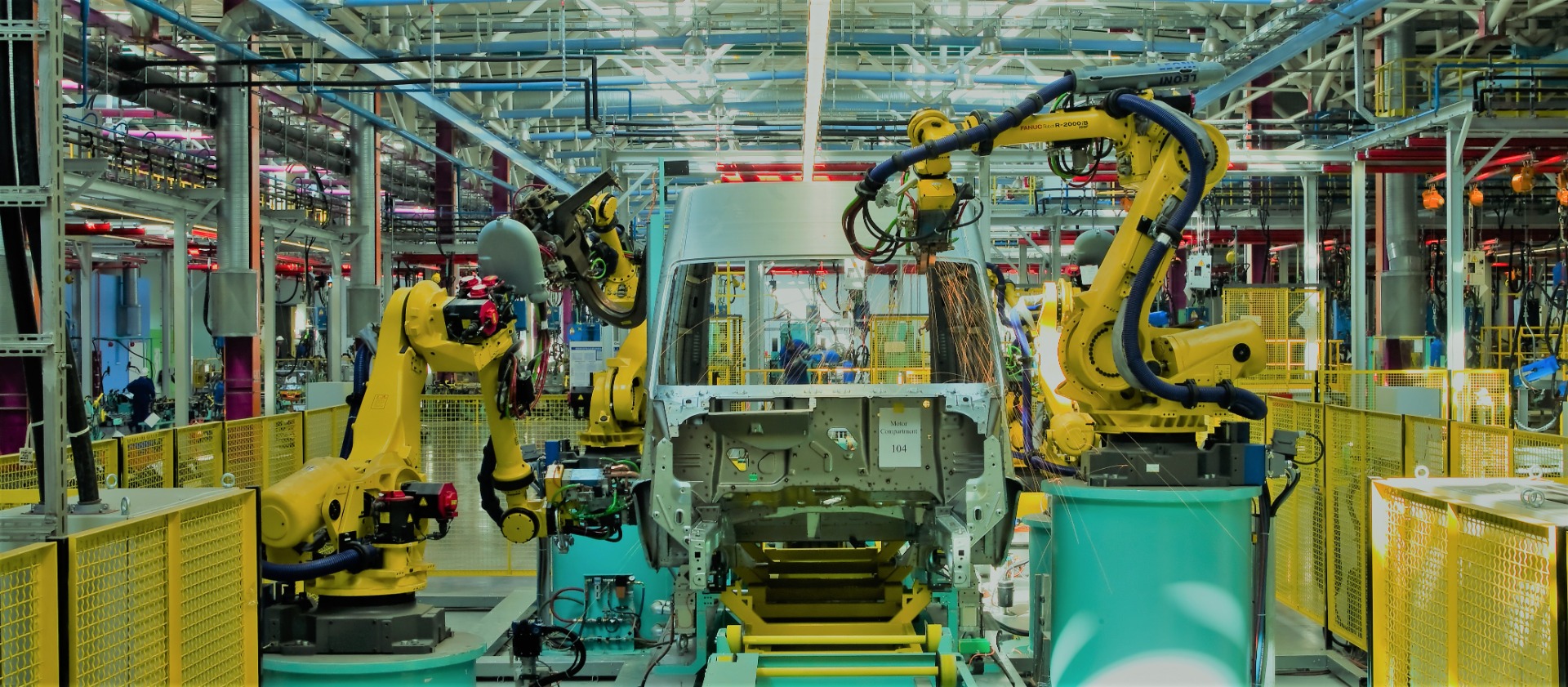
While its roots may be in the automotive industry, it is safe to say that cobots are now an integral part of countless industries and manufacturing processes. So, how do they benefit these sectors?
Collaboration
Arguably the most important benefit is the ability to work alongside humans as opposed to replacing them. Automating repetitive actions or intensively laborious tasks not only offers the employee physical relief but also allows them to advance skill sets in other areas of their role. The intelligent nature of the cobot allows it to become accustomed to its hybrid environment, meaning there is no need for a safety fence and they work together side by side.
The Safety of the Workforce
As mentioned earlier and closely linked to the point above, workplace safety is of paramount importance on the factory floor and with the inception of cobots, productivity can soar while employees remain safe as the cobot takes on any dangerous tasks. To highlight another example, a cobot could carry out the welding process which would protect the employees from flashes and lasting optical damage. There is a common misconception that all robotics must be isolated from the people and while this may be true of industrial robots, cobots are designed specifically to collaborate. Like being shoulder to shoulder with a colleague, the cobot is perfectly safe when in close proximity, designed with rounded corners and equipped with sensors to indicate nearby movement. These sensors pinpoint people walking in its path and stop the machine when someone or something is in its path.
No Complex Programming or Training
The introduction of technology may certainly feel daunting, especially for those less technologically minded. However, the collaborative nature of cobots translates to the user experience, negating the need for intensive training and programming skills. By physically moving the robot, the employee can teach the cobot to perform a specific task which it can later do without guidance. The programming needs of a cobot are also minimal so if your factory floor is in the process of implementing this technology, have no fear. In a short number of hours, you will be ready to roll.
Versatile Capabilities
Whether they are mobile and moving throughout the process or mounted for a singular repetitive purpose, they have the capability to offer universal assistance. It does not matter if you need it to carry out precise welding or complete a simple pick and place action, they can do it all. The cobot is simply reprogrammed when moved and merges seamlessly into its new role to offer assistance where required. Choosing the right cobot for your operations will be completely dependent on your needs such as the speed of your production line, the hefty tasks carried out within it and if the cobot is required to complete multiple tasks at the same time. The competencies of cobots know no bounds. Arguably the most important element of manufacturing is the quality assurance, impacting brand image, reputation and sales. The cobot can even carry out premium quality control as it uses sensors and cameras to identify defects when connected to image analysis software.
No Basic Needs to Fulfil
Unlike a human being, a cobot has no need to stop and refuel with a coffee and snack, no need to take a break and rest. So with these needs out of the picture, more work can get done within the allotted working day and employees can continue to take care of their wellbeing without production grinding to a halt, boosting morale. This translates to significant financial savings as time is more efficiently spent and numerous tasks can be completed at the same time, bolstering your bottom line.
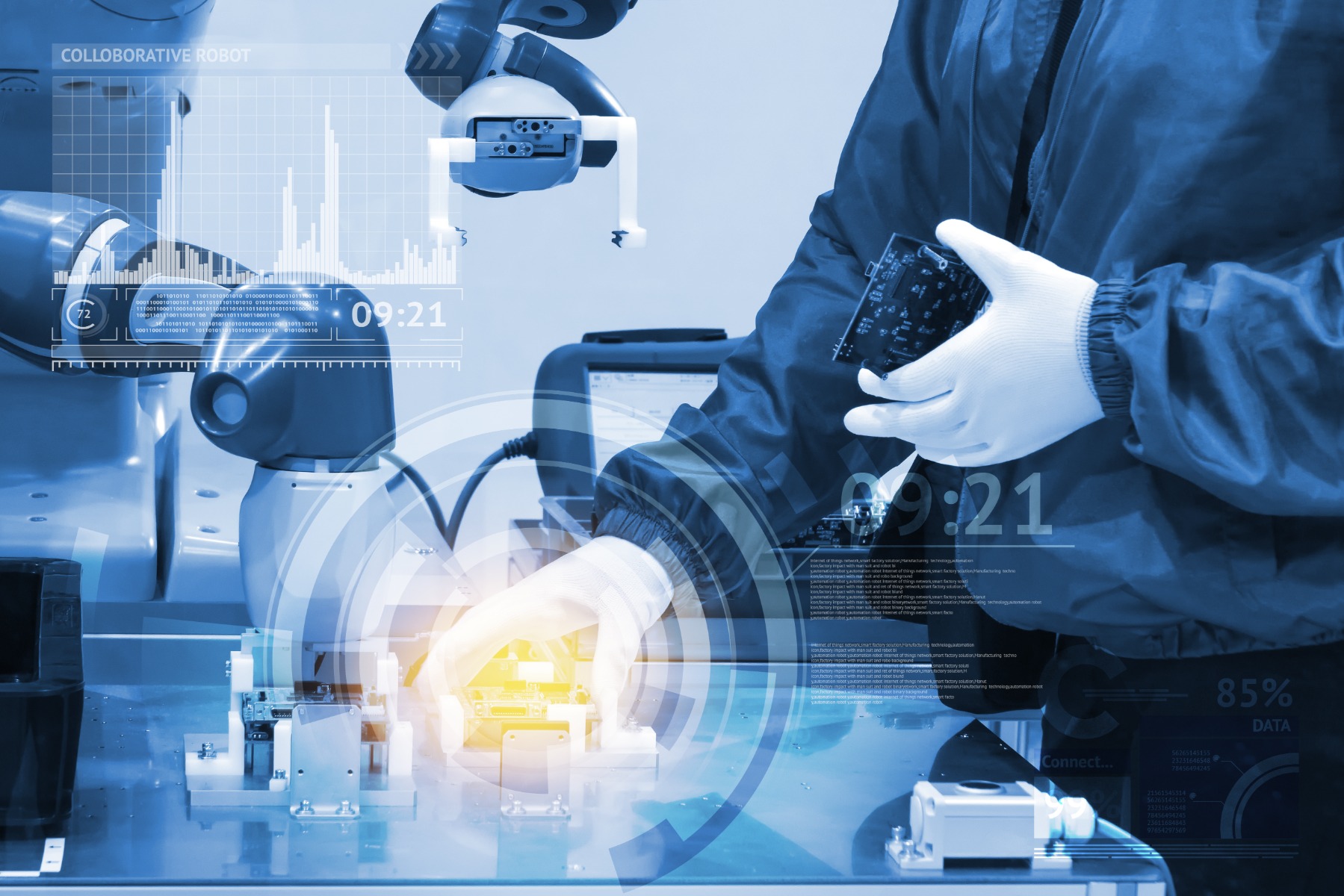
Has a fault thrown a spanner in the works? Perhaps a defective component has decommissioned your collaborative robot?
No matter your automation requirements, Northern Industrial has you covered. From replacement sensors and HMIs to drive repairs and obsolete spare parts, we are committed to fine tuning your operations.
Industrial automation is part of our DNA. If you are on the hunt for a complete automation solution for your process, we are ready and waiting to provide the support you deserve in the fight against unplanned downtime.
Want to find out more?
If you'd like to learn more, click the button below and one of our helpful friendly team will be in touch. Alternately you can reach us by phone on +44 800 234 3747
Share this article


























